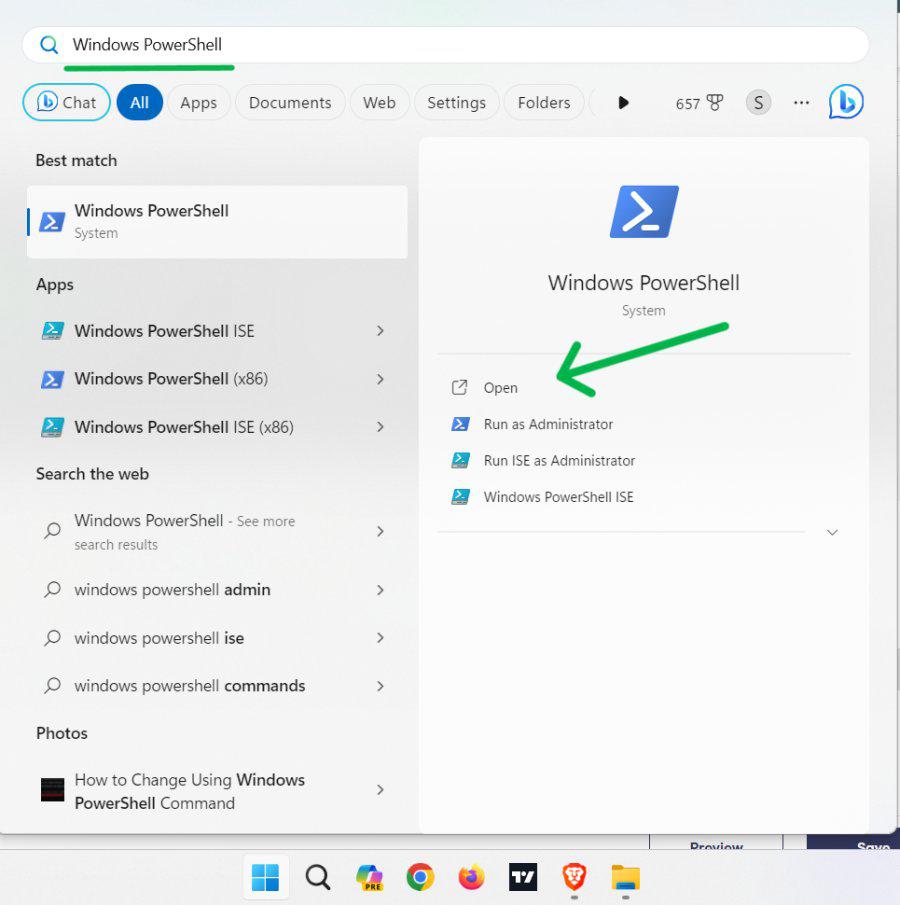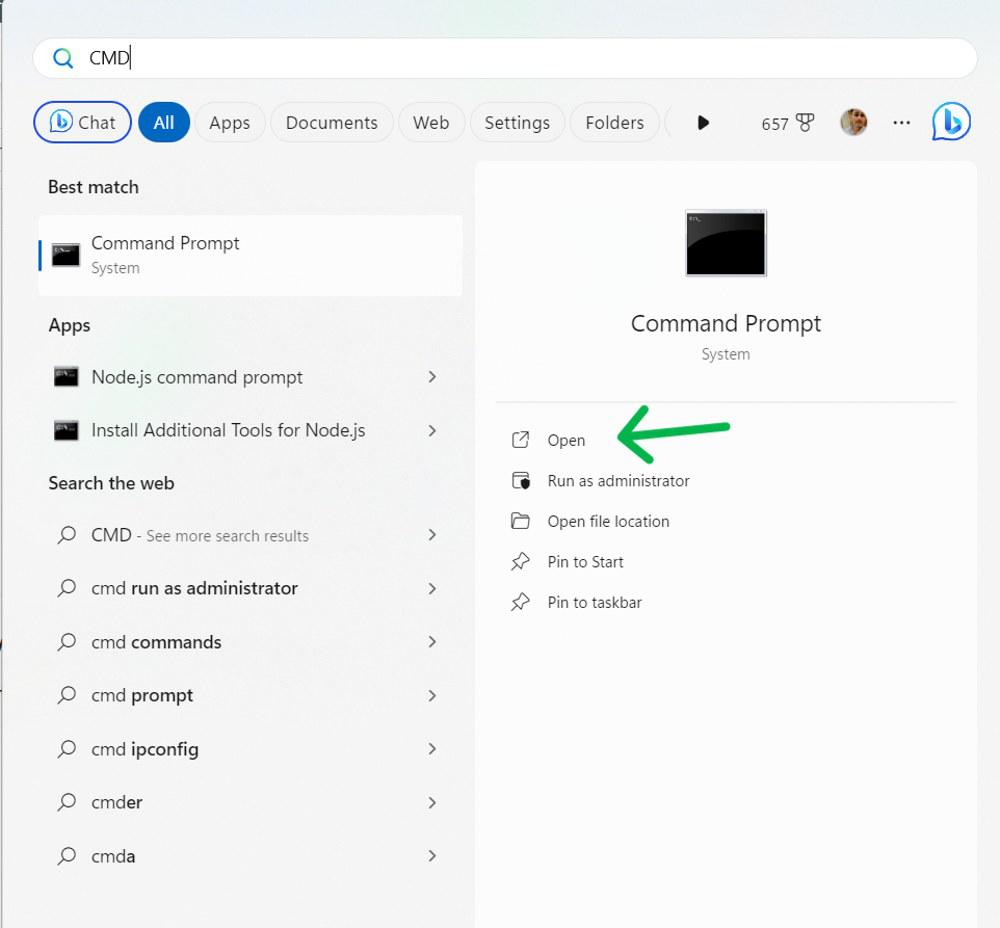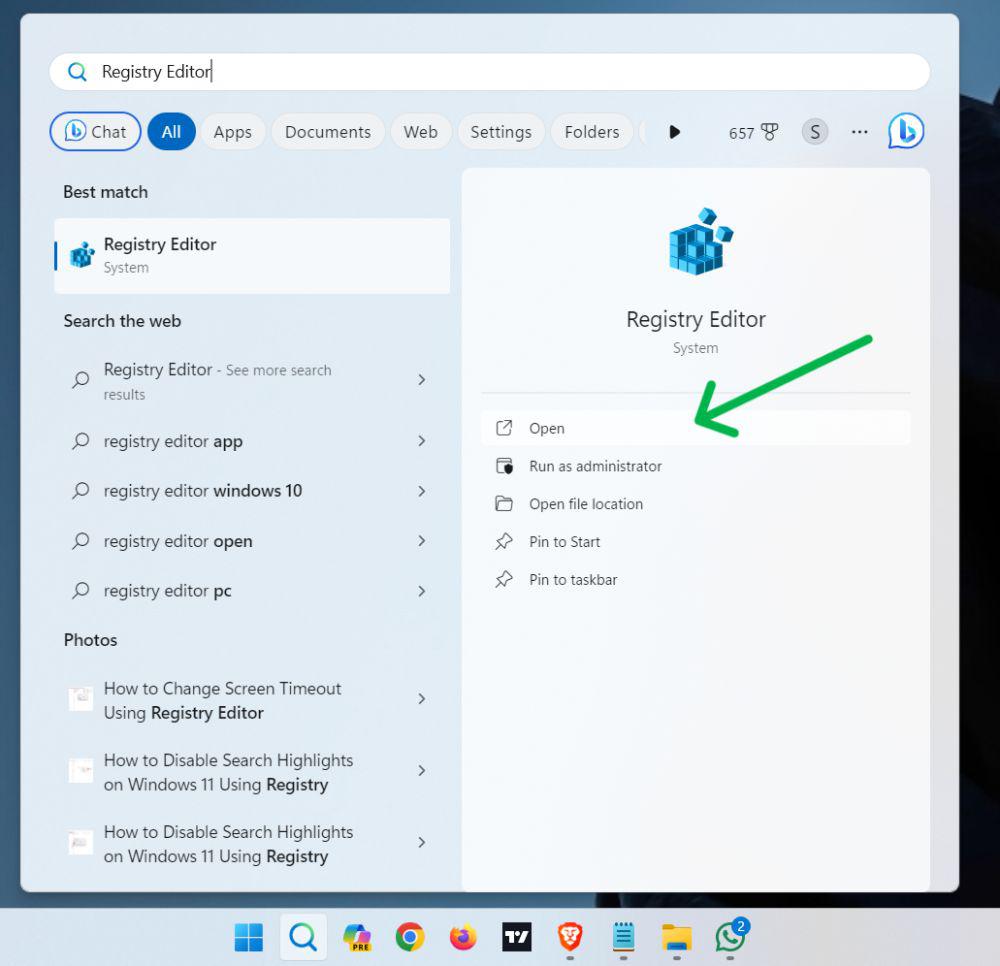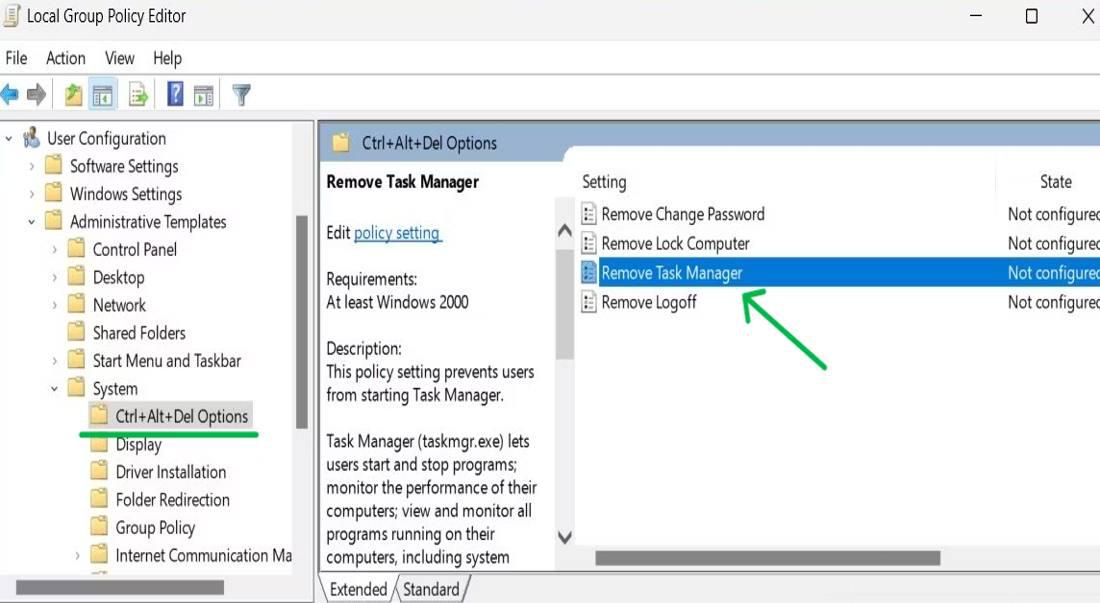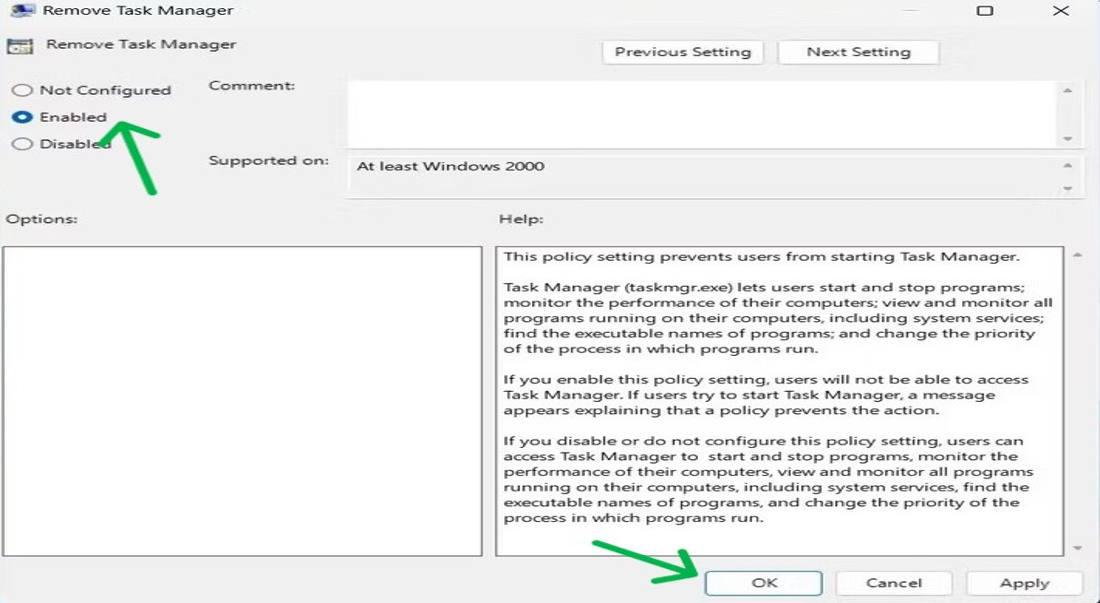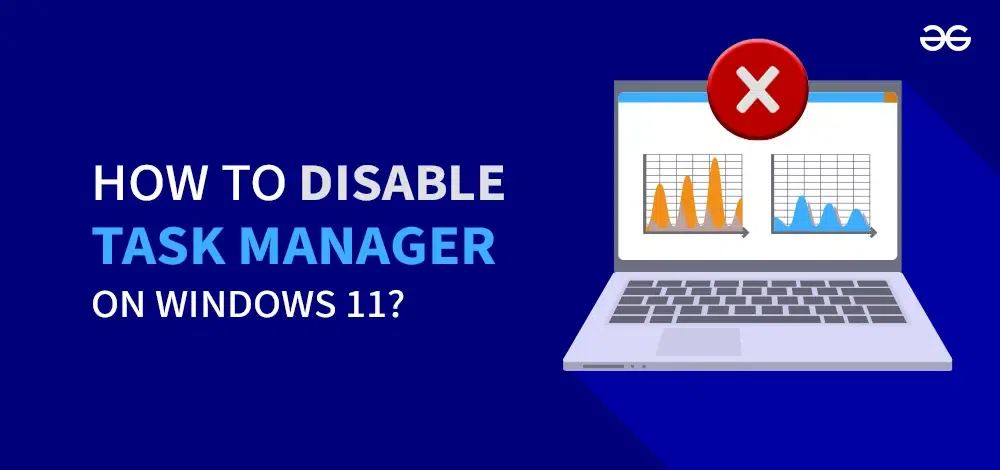
|
|
The Task Manager in Windows 11 is a powerful tool that allows users to monitor and manage system performance, running applications, and processes. However, there are many scenarios where a user might want to disable Task Manager, such as preventing unauthorized access, restricting changes by users, or enhancing security on shared or public computers. This article will walk you through the steps that how to disable Task Manager on Windows 11, ensuring that you can control access and maintain a secure computing environment. By following these methods which are described below, you can effectively turn off Task Manager and prevent users from accessing it.  How to Disable Task Manager On windows 11 Methods to Disable Task Manager on Windows 11In this article, We’ll guide you through 4 Methods to disable task manager on Windows 11 by using PowerShell, the Command Prompt and Registry Editor and Group Policy.
Table of Content Method 1: How To Disable Task Manager Using Windows PowerShellEnabling or Disabling Task Manager can be done through Windows PowerShell. Here are the steps Below. This method uses PowerShell cmdlets to change system registry settings, which hides Task Manager from the user interface.
Method 2: How To Disable Task Manager On Windows Using Command PromptJust like PowerShell, this is a method you can try to disable task manager on PC by Command Prompt commands.
Method 3: How To Disable Task Manager On Windows Using Registry EditorThese are the simple steps you can try to turn off task manager using Registry Editor. IMP : Because this involves modifying the registry, it’s crucial to create a backup or system restore point beforehand. This ensures you can revert to a previous state if any issues arise. Once you’ve taken this precaution, proceed with the following steps:
Method 4: How to Disable Task Manager on Windows 11 via Group PolicyIf you want to disable Task Manager on your pc, you can utilize the Group Policy Editor. However, this method is only applicable to Windows Pro or Enterprise editions. If you’re using a different version like Windows Home, you’ll need to activate your Local Group Policy Editor first. Group Policy provides centralized management of system settings. To disable Task Manager using the Local Group Policy Editor, follow these steps:
ConclusionDisabling Task Manager on Windows 11 can be a useful measure for maintaining security and control over your system, especially in environments where multiple users have access to the computer. By using the methods outlined in this article, you can easily block or restrict access to Task Manager, ensuring that unauthorized users cannot make changes to critical system settings. If you ever need to re-enable Task Manager, the process is very easy and, allowing you to restore access when necessary. Keeping a secure and well-managed system is very crucial for all the users, and these steps will help you achieve that with ease. How to Disable Task Manager on Windows 11 – FAQsWhat is Task Manager and why disable it?
How can I activate Task Manager if it has been disabled?
How to check if Task Manager is disabled or enabled?
How do I stop all processes in Windows 11?
What does Alt + F4 do?
Will disabling Task Manager affect system performance?
|
Reffered: https://www.geeksforgeeks.org
| Geeks Premier League |
Type: | Geek |
Category: | Coding |
Sub Category: | Tutorial |
Uploaded by: | Admin |
Views: | 13 |
